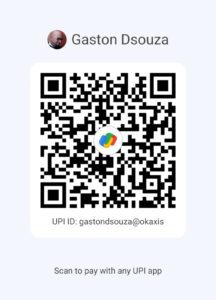Gaston D’Souza: Corporate Training Expert
Gaston D’Souza is a renowned expert in corporate training, specializing in driving organizational success through effective leadership. His skills include developing impactful team building activities for employees that promote unity and productivity among them.
With a deep understanding of team dynamics, Gaston creates transformative experiences that inspire passion and collaboration. Through his guidance, individuals and organizations are able to unlock their full potential and achieve remarkable success in today’s competitive corporate world.
The Power of Team Building
The power of team building highlights the significant influence that well-structured team-building initiatives can have on the success of an organization. It involves promoting collaboration, improving communication, building trust, boosting morale, and enhancing performance.
By prioritizing cohesive team dynamics, companies can create an environment where individuals flourish, leading to increased productivity, innovation, and overall success. Interactive Activities introduces various team-building exercises that emphasize the importance of fostering collaboration, communication, and trust among team members.
The Importance of Team Building Activities for Employees
Fig. Team Building Activities for Employees: The Importance of Team Building Activities
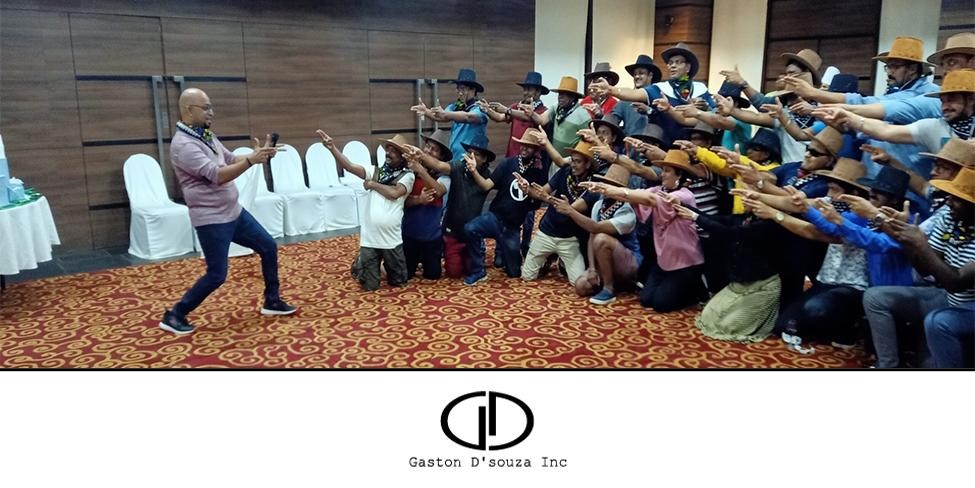
Recognizing the importance of team building is essential for strengthening workplace relationships, improving communication, and increasing productivity. Team building activities for employees play a crucial role in promoting unity among team members, which results in enhanced collaboration and a positive work atmosphere. They are essential for achieving organizational objectives and ensuring employee satisfaction and engagement.
Benefits of Strong Team Dynamics
Strong team dynamics offer a multitude of advantages within an organization. They promote collaboration, communication, and trust among team members, resulting in heightened productivity and innovation.
Effective teamwork fosters a supportive work environment, boosts employee morale, and minimizes conflicts. Ultimately, robust team dynamics contribute to the attainment of organizational goals and the maintenance of long-term success.
The Impact of Team Building on Organizational Success
Team building plays a significant role in organizational achievement by cultivating a cohesive and collaborative work environment. It fosters stronger relationships among employees, identifies leaders, inspires collaboration and improves interaction.
Successful team building leads to improved productivity, innovation, and problem-solving abilities. Ultimately, it aligns individual efforts with organizational objectives, driving success through collective accomplishment and synergy.
Icebreaker Activities to Energize Teams
Icebreaker activities serve as essential tools to invigorate and unite teams, particularly at the beginning of a project or during team-building events. These activities break down barriers, encourage interaction, and foster a positive atmosphere.
By involving participants in enjoyable and lighthearted challenges, icebreakers facilitate team bonding, boost morale, and establish a sense of camaraderie. They set the stage for effective communication and collaboration and, ultimately, enhanced team productivity and success.
Two Truths and a Lie
“Two Truths and a Lie” is a popular icebreaker activity where participants take turns sharing three statements about themselves: two truths and one lie. The rest of the group then attempts to identify which statement is the lie.
This activity encourages participants to share intriguing facts about themselves, promotes active listening, and sparks conversation. It provides a fun method to break the ice, build rapport, and create a relaxed atmosphere conducive to team bonding.
Human Knot Challenge
The Human Knot Challenge is a team-building exercise in which participants form a circle and reach out to hold hands with someone across from them. The objective is for the group to untangle themselves without letting go of each other’s hands.
This activity fosters problem-solving, communication, and teamwork as participants collaborate to find a solution. It promotes collaboration, patience, and creativity without losing patience, making it an effective icebreaker for establishing trust and unity in strategic planning within teams.
Name That Tune
In the game “Name That Tune,” participants are presented with short snippets of songs and must guess the song title or artist. This classic icebreaker can be played individually or in teams, adding a competitive and enjoyable element.
This game encourages teamwork and active listening and quick thinking as participants work together to identify the songs. It also sparks conversations and laughter, serving as a fun way to break the ice and foster camaraderie among team members.
Communication Enhancement Exercises
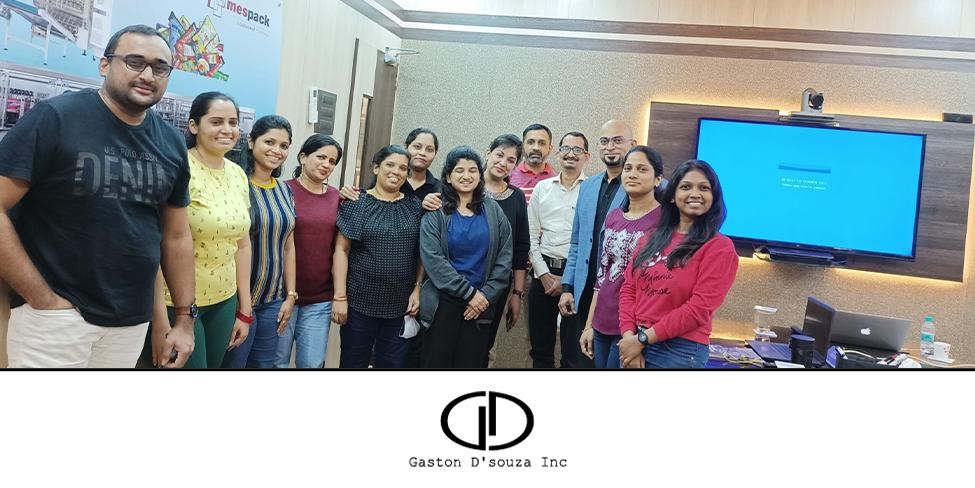
Communication enhancement exercises are activities specifically designed to improve verbal and nonverbal communication skills within a team. These exercises target various aspects of communication, including adaptive listening, clear expression of ideas, and understanding nonverbal cues
By engaging in these exercises, team members can strengthen their communication skills, build trust, and enhance collaboration. Examples of communication enhancement exercises include role-playing scenarios, group discussions, and feedback sessions.
Active Listening Circle
Participants sit in a circle, take turns sharing personal stories, and summarize each other’s messages for accurate understanding. These team building activities for employees promote empathy, understanding, and respectful communication, enhancing team connections and trust.
Feedback Roundtable
During feedback exchange, participants offer constructive feedback to each other in a structured and supportive setting. The group forms a circle, and each member provides feedback based on predetermined criteria or goals and through cooperative learning techniques. This promotes open communication, active listening, and accountability, ultimately boosting team dynamics and performance.
Nonverbal Communication Challenge
The Nonverbal Communication Exercise aims to enhance participants’ awareness of nonverbal cues and their impact on communication through interactive activities. Participants are required to rely on body language, facial expressions, and gestures to convey messages effectively in situations where verbal communication is limited.
This exercise encourages individuals to pay attention to subtle cues, interpret them accurately, and promotes empathy and understanding among team members. By improving their nonverbal communication skills, participants can better connect with others, resolve conflicts, and collaborate more efficiently, ultimately strengthening team cohesion and performance.
Problem-Solving Challenges for Collaboration
Problem-solving challenges for teamwork involve collaborative activities where teams must work together to overcome obstacles, find solutions, and achieve shared objectives. These challenges often present complex scenarios or puzzles that stimulate creative thinking, strategic planning, and effective communication. Through collaboration on these challenges, team members can learn to capitalize on each other’s strengths, exchange ideas, and make decisions collectively.
Escape Room Adventure
The Escape Room Experience is an engaging team-building exercise where participants are locked in a themed room and must collaborate to solve puzzles, decode clues, and complete tasks within a specified time frame to successfully “escape.” This activity necessitates teamwork, critical thinking, and efficient communication as teams strive to uncover the secrets of the room and accomplish their mission.
The Marshmallow Challenge
The Marshmallow Challenge is a team-building exercise where participants build the tallest structure using spaghetti sticks, tape, string, and marshmallows. Teams strategize, prototype, and assemble their towers within a timeframe. This activity promotes teamwork, working within guidelines, timelines and problem-solving in a fragile environment as teams collaborate and cooperate. It also emphasizes the importance of refinement based on feedback and evaluations.
Puzzle Hunt
Puzzle Hunts are team building activities for employees where participants solve puzzles and clues to complete challenges. Teams work together to decipher riddles and brain teasers and find hidden clues. This promotes collaboration, critical thinking, and problem-solving skills. It also encourages effective communication and teamwork as participants share ideas and work together to overcome obstacles.
Boosting Creativity and Innovation
Enhancing creativity and innovation involves inspiring individuals and teams to think creatively and generate innovative solutions through brainstorming sessions, creative thinking games, and design thinking workshops.
These activities stimulate creativity, spark new ideas, and foster a culture of innovation within an organization, leading to greater adaptability, competitiveness, and success in today’s business landscape.
Brainstorming Sessions
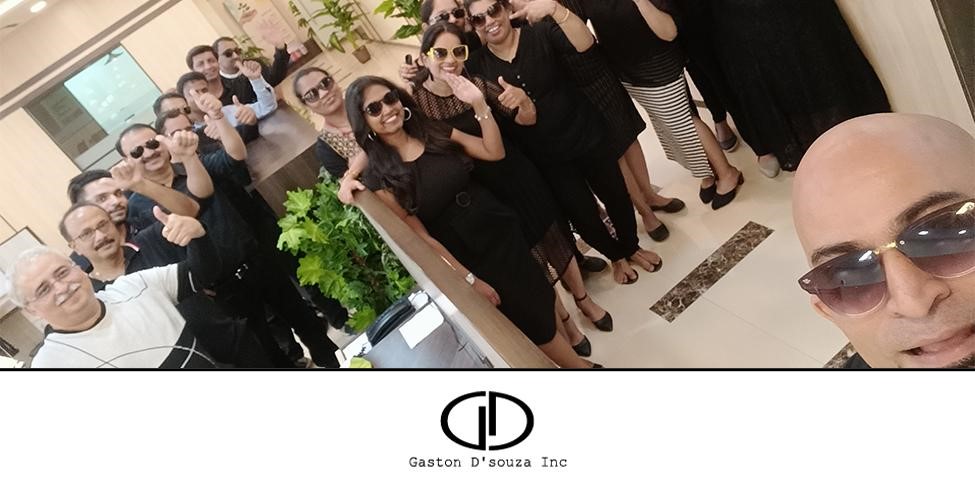
Brainstorming sessions bring individuals or teams together to generate ideas and solutions for a specific problem or goal. Participants freely contribute thoughts to create a large pool of ideas for evaluation and improvement.
These sessions foster creativity, divergent thinking, and open communication, creating a supportive environment where all ideas are valued. By harnessing the group’s collective wisdom and creativity, organizations can find innovative solutions and new opportunities and effectively tackle challenges.
Creative Thinking Games
Creative thinking games aim to stimulate imagination, foster innovation, and enhance problem-solving skills through unconventional challenges, puzzles, and exercises. Examples include word association games, improvisation exercises, and visual thinking puzzles.
By participating, individuals can develop the ability to think outside the box, approach problems from different perspectives, and promote a culture of innovation and collaboration.
Design Thinking Workshop
A workshop on Design Thinking is a structured session that adheres to the principles of design thinking—a human-centered approach to innovation and problem-solving. During these workshops, participants partake in a series of activities and exercises aimed at addressing complex challenges, generating ideas, and creating prototype solutions.
The workshop typically progresses through various stages, including empathizing (understanding user needs), defining the problem, ideating (generating ideas), prototyping (developing solutions), and testing.
Building Trust and Camaraderie
Fostering trust and camaraderie among team members involves creating an atmosphere of mutual respect, support, and collaboration. Through team-building exercises, icebreaker games, and sharing personal stories, team members can establish deeper connections, leading to stronger relationships and a sense of unity.
Acknowledging and valuing each other’s contributions further strengthens trust and nurtures a positive team dynamic. Ultimately, building trust and camaraderie is crucial for improving teamwork, communication, and overall team effectiveness.
Blindfolded Trust Walk
The blindfolded trust walk is a team-building exercise where one participant is blindfolded and guided by a partner through an obstacle course or unfamiliar setting. The blindfolded individual must rely entirely on their partner’s verbal instructions and guidance to navigate safely.
This activity promotes trust, communication, reflective listening, venturing in an unfamiliar territory with peer support and critical teamwork as participants learn to rely on each other and effectively communicate and collaborate to overcome obstacles. It also fosters empathy and mutual support as participants experience firsthand the significance of trust and cooperation in achieving shared objectives.
Trust Fall Challenge
The Team Trust Exercise is a team-building activity that involves one participant falling backward and relying on their teammates to catch them. This exercise promotes trust, communication, and teamwork as participants depend on each other for support and safety.
It encourages individuals to overcome their fears and vulnerabilities while emphasizing the significance of mutual trust and cooperation within the team.
Personal Story Sharing
Sharing Personal Experiences is a team-building activity where participants take turns sharing meaningful stories from their lives with the group. This activity fosters empathy, understanding, and connection among team members as they learn about each other’s backgrounds, values, and perspectives. By sharing personal experiences, participants cultivate trust, develop deeper relationships, and establish a supportive and inclusive team culture.
Outdoor Adventures for Team Bonding
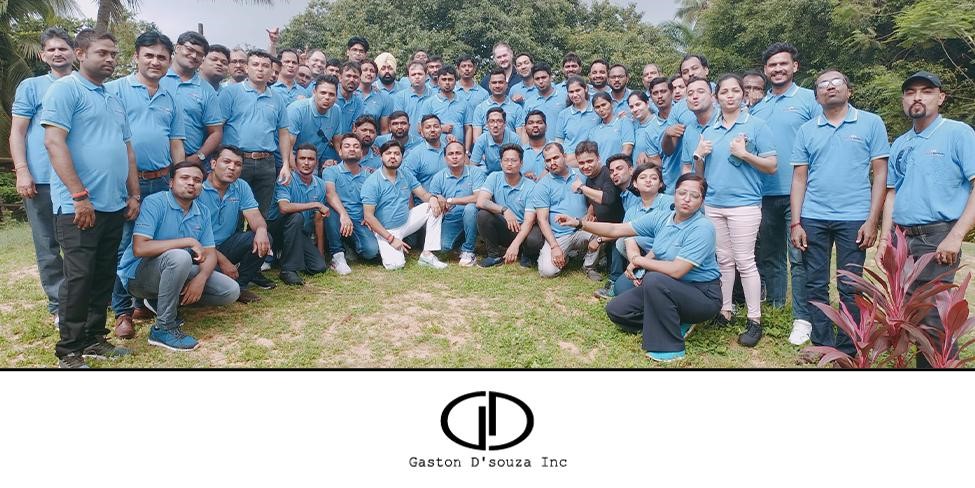
Outdoor Adventures for team building activities for employees involve activities like hiking, camping, or ropes courses that occur in outdoor settings. These adventures provide unique opportunities for team members to bond, collaborate, and build trust in a natural environment.
Participants engage in shared challenges and experiences, fostering teamwork, communication, and problem-solving skills. Outdoor adventures also offer a respite from the usual work routine, allowing team members to unwind, rejuvenate, and connect on a personal level.
Orienteering Course
An Orienteering Course is a team-building activity that involves navigating through a designated outdoor area using a map and compass to locate checkpoints or control points. Participants collaborate in teams to strategize their route, traverse the terrain, and discover each checkpoint within a specified timeframe.
Wilderness Survival Simulation
A Wilderness Survival Simulation is a team-building activity where participants collaborate to navigate and conquer challenges in a simulated wilderness environment. Teams are presented with scenarios that necessitate decision-making, problem-solving, and resource prioritization for survival. This activity fosters teamwork, communication, and problem-solving skills as participants work together to overcome obstacles and achieve shared objectives.
Outdoor Team Challenges
Outdoor Team Challenges are interactive activities that occur in an outdoor setting and require participants to cooperate in order to overcome various obstacles or accomplish tasks. These challenges can encompass rope courses, scavenger hunts, obstacle courses, or problem-solving games designed to cultivate teamwork, communication, and leadership abilities.
Virtual Team Building in the Modern Workplace
Virtual team building in the contemporary workplace entails establishing avenues for remote teams to establish connections, cooperate, and foster relationships through online platforms and engagements.
These engagements are specifically designed to surmount the obstacles posed by physical distance and promote teamwork, communication, and camaraderie among team members. Instances of virtual team-building activities encompass online games, virtual scavenger hunts, virtual escape rooms, and remote team trivia.
Online Scavenger Hunt
One popular virtual team-building activity is the Online Scavenger Hunt. This activity involves participants utilizing online platforms to search for and collect specific items or complete tasks based on a provided list of clues or challenges. Working together in teams, participants solve puzzles, answer riddles, and uncover hidden objects within a designated time frame.
Remote Team Trivia
Remote Team Trivia involves a virtual team-building exercise in which participants play a trivia game from different locations using online platforms or video conferencing tools. Teams face off against each other by answering questions from a range of categories, including pop culture, history, sports, and general knowledge. This activity promotes knowledge sharing, critical thinking, and problem-solving abilities, all while fostering social interaction and enjoyment.
Conclusion
Engaging in team building activities for employees provides a wide range of interactive exercises that aim to improve collaboration and communication within teams. These activities, ranging from icebreakers to outdoor adventures, equip organizations with the necessary tools to foster trust and creativity among employees. By promoting meaningful connections and personal growth in the workplace, these activities contribute to the overall success of the team.







